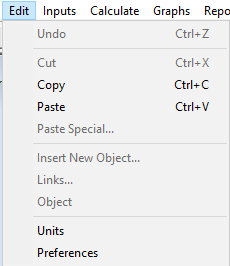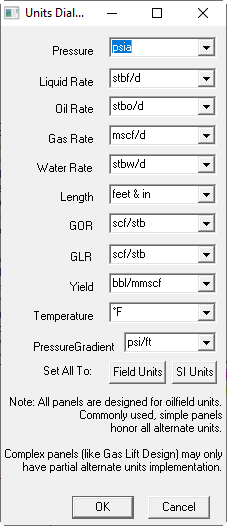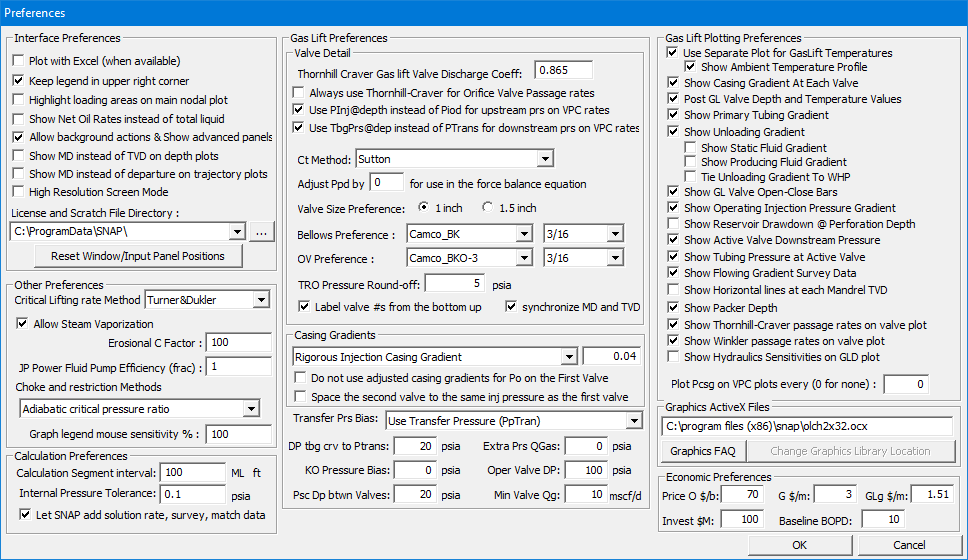Edit Menu

The Edit menu offers the following commands:
| Command | Description |
|---|---|
| Cut | Deletes data from the data set and moves it to the clipboard. |
| Copy | Copies data from the data set to the clipboard. |
| Paste | Pastes data from the clipboard into the data set. |
| Insert New Object | Inserts and embeds an object, such as a chart or an equation, in a data set. |
| Links | Lists and edits links to embedded data sets. |
| Insert Object | Renames the title of an object. |
| Units | Changes Units Preferences used on this computer for SNAP. |
| Preferences | Changes Preferences not specific to any data set. |
1. Edit Cut Command
Use Cut to remove the currently selected data from the data set and place it on the clipboard. This command is unavailable when no data is selected.
Clipboard behavior
Cutting data replaces whatever was previously on the clipboard.
Shortcuts:
- Toolbar:

- Keys:
Ctrl+X
2. Edit Copy Command
Use this command to copy the selected data to the clipboard. This command is unavailable if there is no data currently selected.
Clipboard behavior
Copying data replaces whatever was previously on the clipboard.
Shortcuts:
- Toolbar:

- Keys:
CTRL+C
3. Edit Paste Command
Use this command to insert a copy of the clipboard contents at the insertion point. This command is unavailable if the clipboard is empty.
Shortcuts:
- Toolbar:

- Keys:
Ctrl+V
4. Edit Insert New Object Command
Use this command to insert and embed an object — such as a chart or an equation — in the document. The application used to create the object becomes active on the screen. Select the object you want to insert using the Insert New Object dialog box.
5. Edit Links Command
Use this command to display a links dialog box that lets you edit links between your document and other documents. This command is unavailable if your document has no links.
6. Edit Object Verb
Use Object Verb to rename an embedded object's title. Click the object until its name is editable, then type the new name.
Shortcuts:
Mouse: Double-click the object with the left mouse button.
7. Units Preferences
Use Units Preferences to choose how inputs and outputs are displayed throughout the program. These settings are global and persist until you change them, even after restarting. If you are not using oilfield units, review results carefully and report any irregularities.

8. Global Preferences

Use Global Preferences to set program-wide defaults that apply across all datasets. These settings persist between sessions until you change them, even after restarting the program.